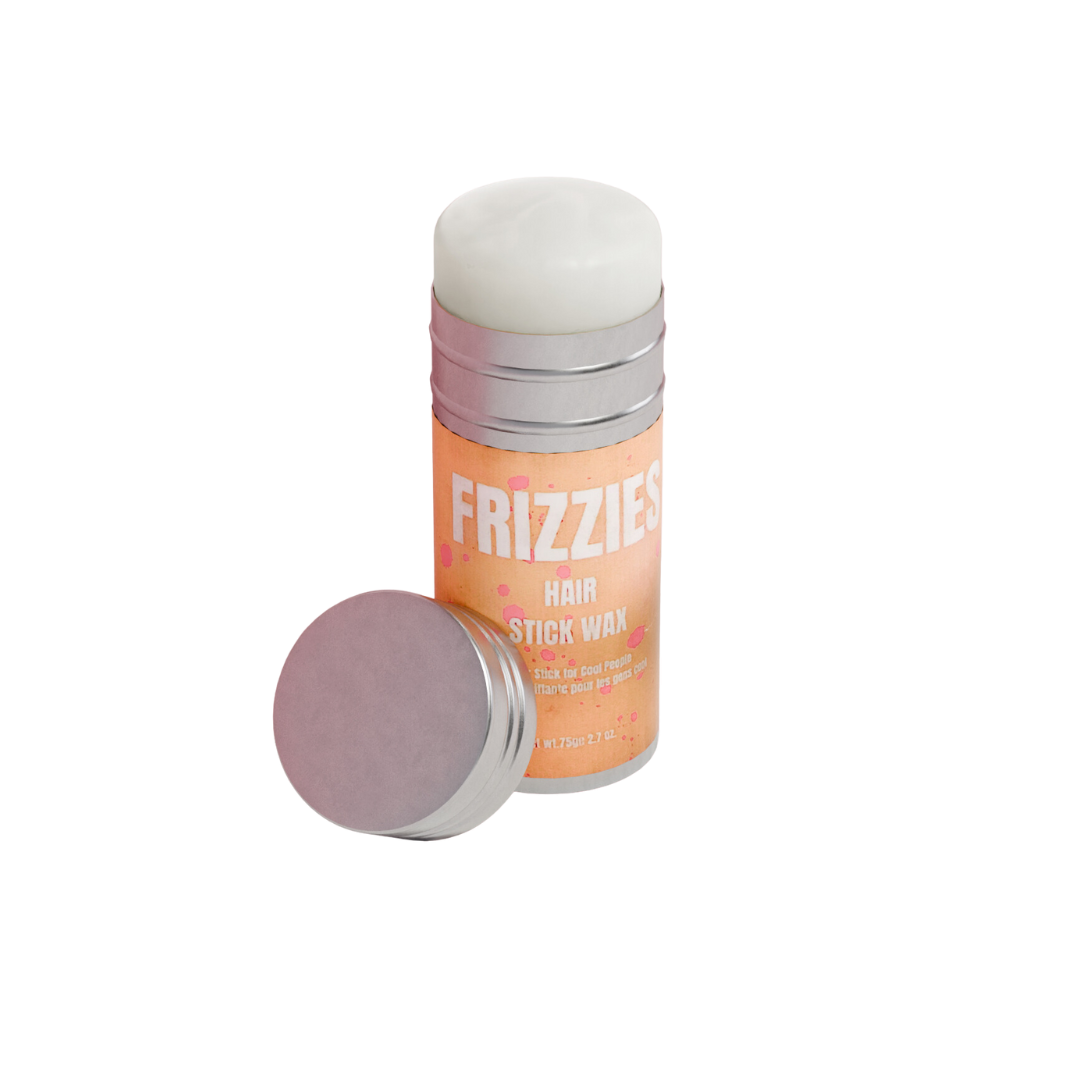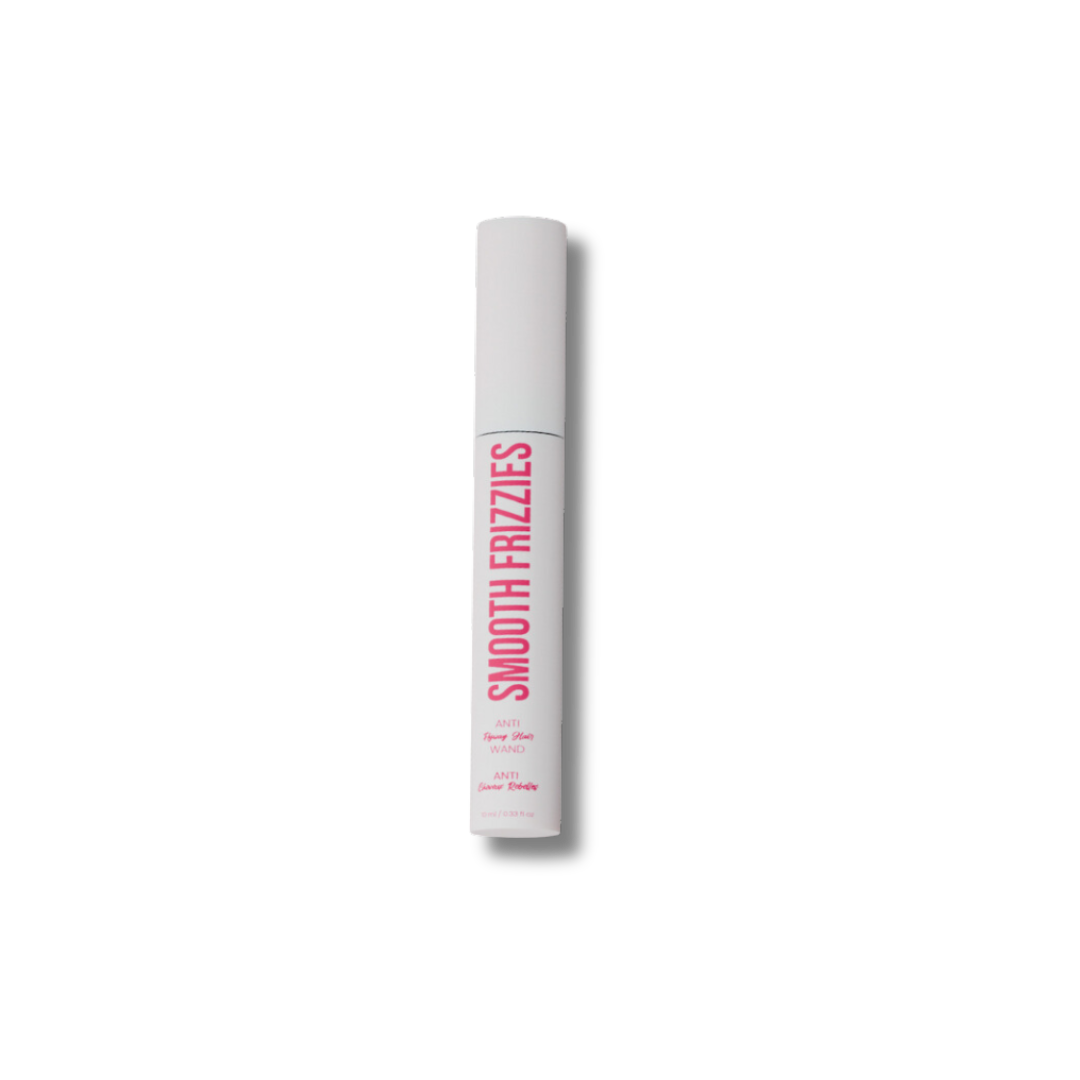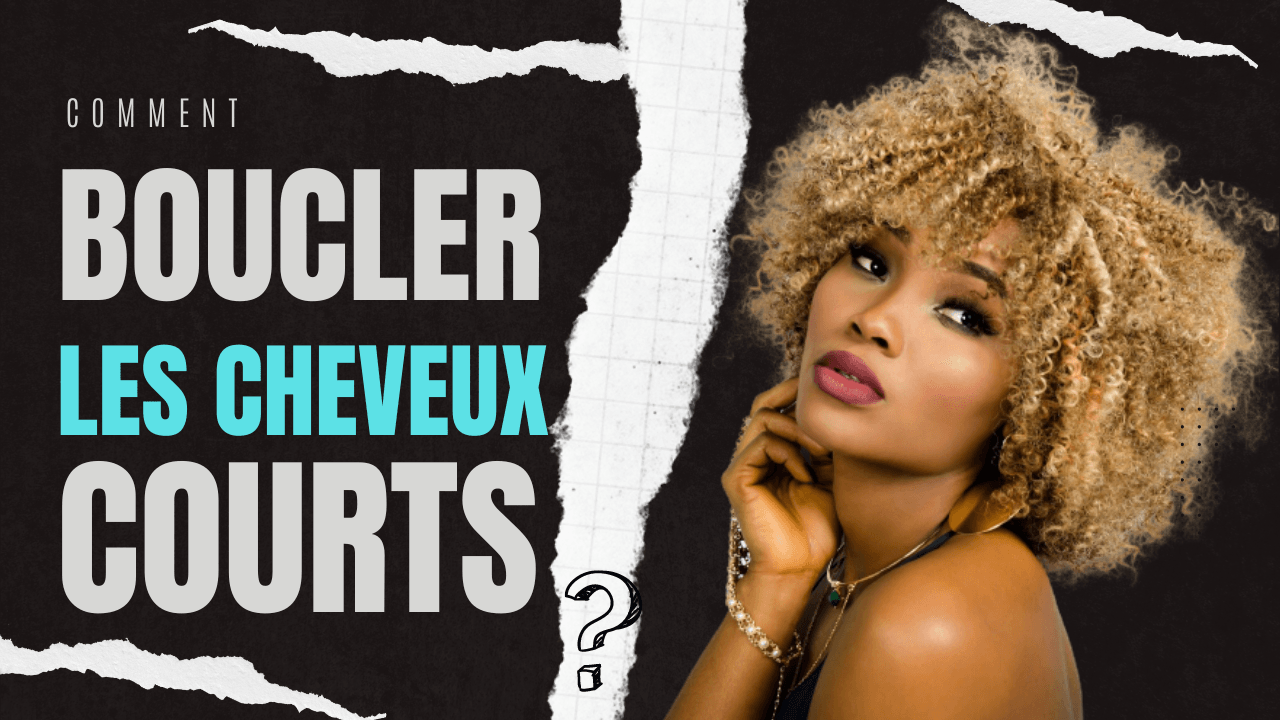Let's start by saying: your hair is beautiful. It can absorb your time and money. This can transform as soon as you enter real weather. This can significantly challenge what others say “good hair” should do. Never mind all that.
Whether thin, thick, long, short , matte, shiny, curly, frizzy or straight, your hair deserves respect. Get to know your hair's curls, porosity, density and styling needs because healthy self-care includes your hair.
What does hair type mean?
Your hair type mainly depends on the curl pattern of your hair. The amount of curl in your hair is determined by your hair follicle. The shape of your follicle determines whether your hair is:
- right
- corrugated
- loop
- rolled up
The more oval or asymmetrical your follicle is, the curlier your hair will be.
Your hair type is determined by genetics.
You can change your curl pattern with heat or chemicals, and your curl pattern may be altered somewhat by hormones or medications you take, but your basic curl pattern is in your DNA.
Each time your hair goes through its growth cycle, these genetic characteristics are reaffirmed.
What types of hair are there?
Andre Walker, known for decades as Oprah Winfrey's stylist, is credited with devising a system that classifies hair into one of four curl patterns:
| Type 1 | Straight hair |
| Type 2 | Wavy hair |
| Type 3 | Curly hair |
| Type 4 | Frizzy hair |
These types are further divided into subcategories based on the tightness or looseness of the loops and coils. This may sound simple, but like most attempts to define human characteristics, it is not.
You might have type 4C on your crown and 4A on your temples. Your hair can be straight at the roots and wavy at the ends. The key is to understand what each type needs so you can style it well and keep it healthy.
How to Style and Care for Your Hair Type
Type 1: Right
Type 1 hair does not have natural curls. Individual strands can be fine or coarse, thick or thin, but they fall without waving from root to tip.
Type 1 hair tends to get oily, so many stylists recommend that you check the label to make sure the product you're purchasing won't add extra oil to your hair.
Stylist Kristi Lovelace also suggests avoiding heavy serums or butters. “With straight or fine hair, I would recommend textured sprays instead. Dry shampoos are also a good idea,” she said.
Washing your hair too often can lead to overproduction of oil on your scalp, so dry shampoo is a boon for people with straight, oily hair.
Type 2: Wavy hair
Type 2A
The natural state of type 2 hair is a gentle, tousled texture. From the roots to around eye level, your hair is fairly straight. And from eye level to the ends, you have a loose, undefined wave.
To keep from flattering out that wave, steer clear of oil-based or creamy products. Instead, stylists recommend that you boost the base with a light mousse or use a gel to define those waves.
Type 2B
As with model 2A, type 2B hair curls from the middle to the ends. The curls have a more defined S shape. Smoothing may require a little more effort, but it's easy to create that beach look with a spray of salt spray.
Type 2B is ideal for the balayage trend, where stylists hand paint color onto the outer layer of hair.
"When people come in with balayage photos," Lovelace said, "the photo always shows wavy hair, because when that hair curls, it gains dimension from the back. People with wavy hair don't don't need to go out of their way to create this look.
Type 2C
The most well-defined S-shaped waves are type 2C. The wave pattern may start near the crown and tumble downward. Type 2C hair is often thick and can be prone to frizz in humid weather.
Lovelace recommends using a diffuser, a pronged device that snaps onto the end of your hair dryer and helps eliminate frizz.
“I'm a strong advocate for products, especially when faced with environmental factors like hard water and salt water,” Lovelace said. “Anti-humidity products are huge.”
People with 2C hair may be frustrated alternating between daily straightening, which can damage the hair, and looking for ways to improve and control their waves. The good news is that many lightweight foams now contain anti-humidity ingredients as well as moisture.
Type 3: Curly
Type 3A
With type 3A hair, S-shaped curls form loose curls. The loops are a little larger in circumference than the large end of a taper candle. An important hairstyling note: brushing this hair type can destroy curl definition and lead to a frizzy mane.
Type 3B
Type 3B loops have a circumference about as wide as the body of a Sharpie marker. The curls arise from the roots and have sufficient volume. To maintain their characteristic spiral shape, these curls generally need humidity.
However, avoid silicone and sulfates in your curl products. They can temporarily tame frizz, but they can dry out hair over time and lead to breakage.
Type 3C
These curls are tight and springy – they would wrap perfectly around a straw. To preserve the definition of those corkscrew curls, take a hands-on approach.
Instead of combing , which can lead to frizz and breakage, use a leave-in conditioner and rake wet hair with your fingertips. The American Academy of Dermatology recommends air drying instead of using a hair dryer.
Type 4: Coils
Type 4A
The 4A hair curl pattern is an S-shaped coil that you can wrap around a wand.
“Type 4 hair is the most delicate hair type,” Castillo said. “You have to be very gentle with it, and it needs a lot of humidity.” But getting moisture doesn't necessarily mean using oils. Deep conditioning masks, butters, and creams are good options for maintaining healthy hair.
“We recommend people wear it loose in washable, grab-and-go styles,” she said.
One thing Curl Whisperer Salon does not advocate is protective styles like weaves and braids.
Although some stylists swear by styles that allow you to tuck away fragile ends to protect them while they grow, Castillo says these styles often do more harm than good. Even though the hair is out of sight, it is also out of reach of conditioning treatments.
“When you have applied a protective hairstyle for weeks, the curl formation completely disappears. The cuticle is so dry and open that it looks like little fish hooks that catch on each other and break when you remove the braids,” Castillo said.
Better to wear it in a style that allows you to continue hydrating.
Type 4B
The curls in 4B hair zigzag. A popular technique for defining and accentuating your curls is curling.
Shingles starts with wet hair. Gently detangle with your fingertips, using generous amounts of leave-in conditioner to moisturize and condition. Then separate your hair into four sections.
Apply curling cream or gel to the entire length of each curl, wrapping the strands around your index finger as you go.
Type 4C
Type 4C coils are the tightest and most fragile. It is very easy to break it if you comb it roughly or too often, and it is essential to nourish the hair frequently with rich conditioners.
Coconut oils are still popular, as are shea butter creams. More and more people are ditching shampoo for co-washing or rinsing their hair with conditioners.
In terms of style, 4C hair is all the rage.
“What we're seeing is that the younger generation wants their hair to be bold,” Castillo said. “They want the hair to be big and round, almost like a sun. And they want to experiment with fun colors, always keeping hair health in mind.
How Porosity and Density Affect Your Hair
Porosity
When hair professionals talk about porosity, they mean your hair's ability to absorb moisture. If your hair is very porous, it has many holes in its surface layer, called the cuticle.
You may have naturally porous hair, or a chemical or heat treatment may have made your hair more porous than it normally would be.
These holes in the cuticle allow your hair to absorb more moisture. If the climate where you live is humid, your hair may tend to frizz. This is because the cuticle draws moisture from the air.
The good news is that porous hair also absorbs moisturizing products well. A wide range of products, from leave-in conditioners to rich butters, can plug gaps and make your hair more manageable.
Less porous hair is tightly set and tends to resist moisture, whether it's ambient humidity or chemical treatment.
To avoid product buildup that could weigh down and dull your hair, wash it weekly with a clarifying shampoo and choose lighter products, like hair milks and mousses, to create volume.
You may find that the products work better if you use a hair dryer. Heat can open the tight cuticle and allow moisture to seep in.
Density
Hair density refers to the number of hairs on your head. If you can't see your scalp clearly, you probably have dense hair. If you can see your scalp even without parting your hair, you probably have low hair density.
The density of your hair can be affected by a number of factors, including stress, hormones during pregnancy or menopause, and nutrition.
It's a good idea to take stock of the products you're using if your hair density has changed.
Heavy products can flatten low density hair. Look for textured sprays and lightweight mousses to add lift and lift. High-density hair can benefit from thicker creams and butters to add shine and control.
Find your hair companion
Wherever you are on your hair journey, others have probably been there too.
One of the most helpful things you can do is use social media to find and follow someone whose hair type is similar to yours. Try the products they recommend. Use techniques that have worked for them. You'll save time and money and find a supportive community.
Conclusion
Hair type depends on the curl pattern of your hair. Type 1 hair is straight. Type 2 is best described as wavy. Type 3 hair is curly and type 4 is frizzy. You may have different curl patterns on different parts of your head.
To keep curls healthy, bouncy and defined, you will need to experiment with different products to find the ones that work best for your hair. The curlier and more porous your hair is, the more likely you will need intense, regular hydration to keep it healthy.
If you're not sure where to start, consult a professional who specializes in your hair type or follow someone with your hair type on social media.







Leave a comment
This site is protected by hCaptcha and the hCaptcha Privacy Policy and Terms of Service apply.